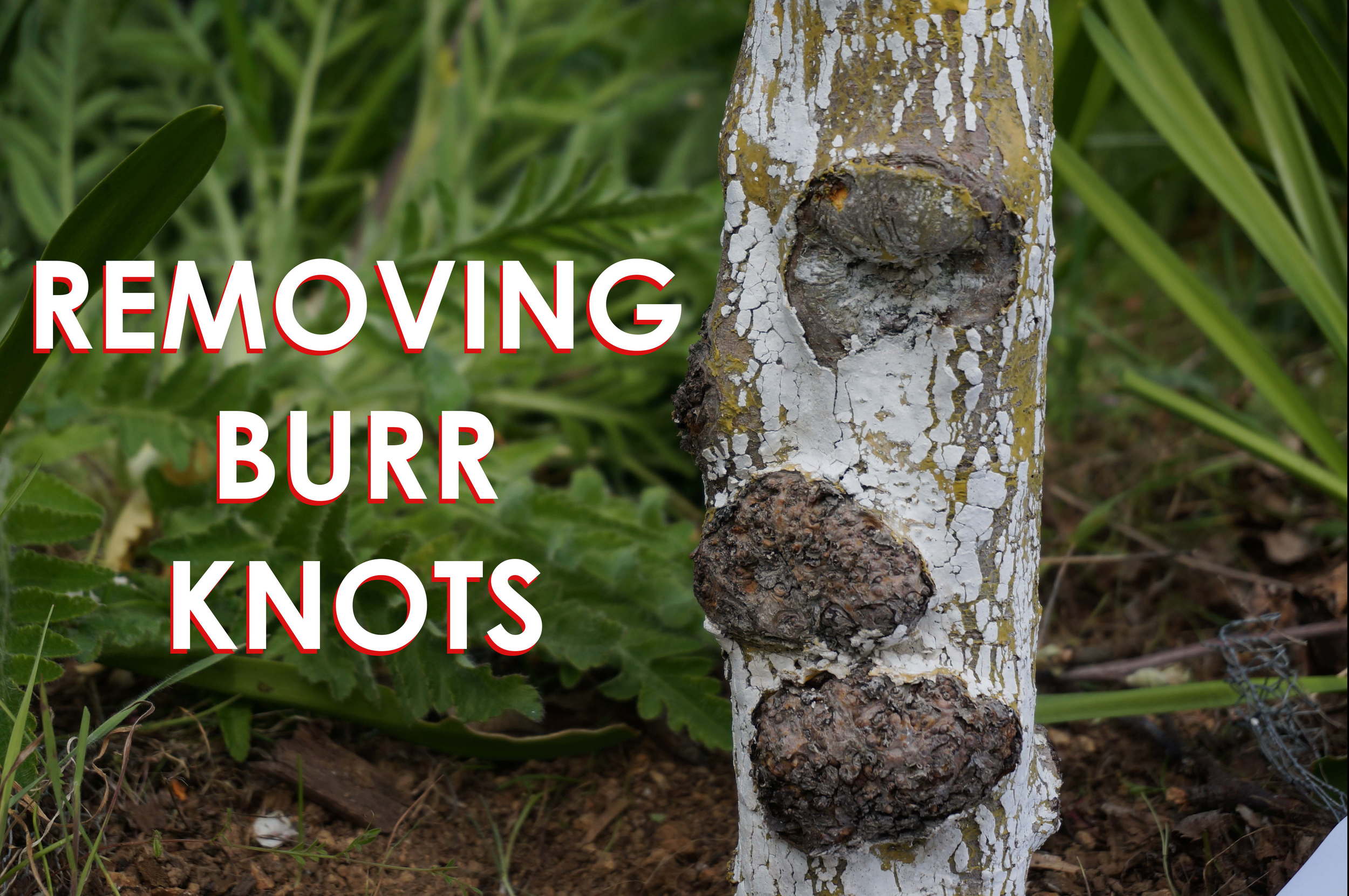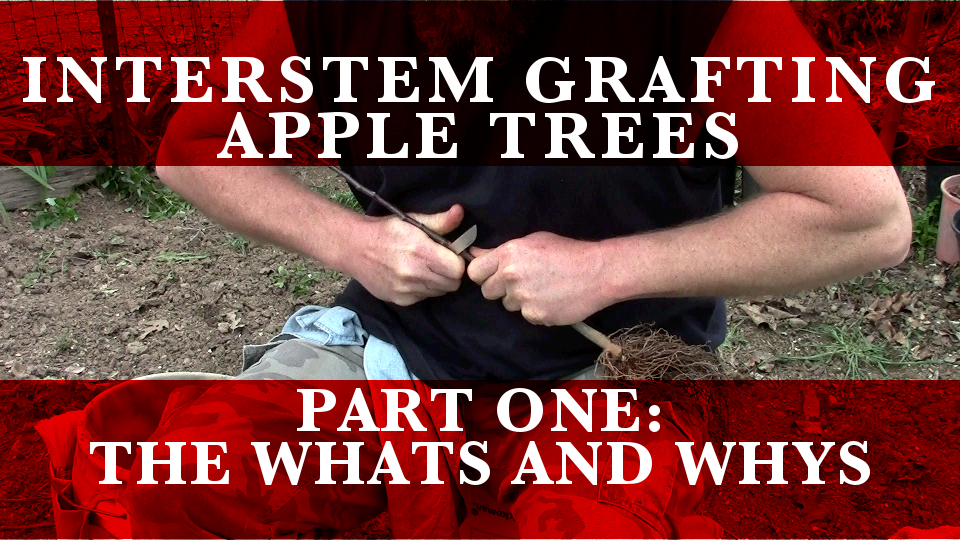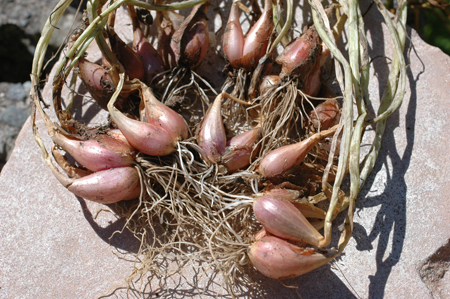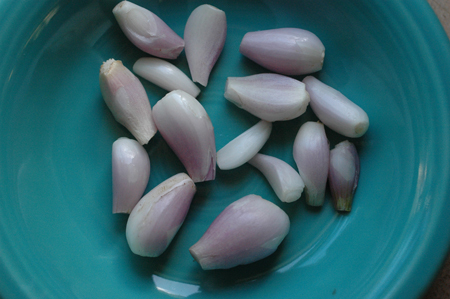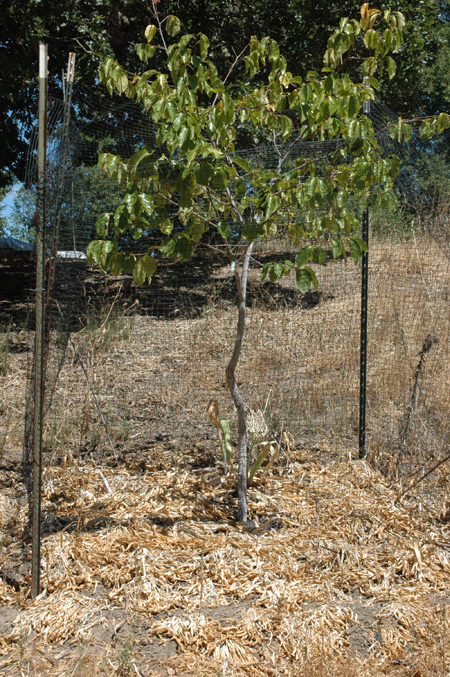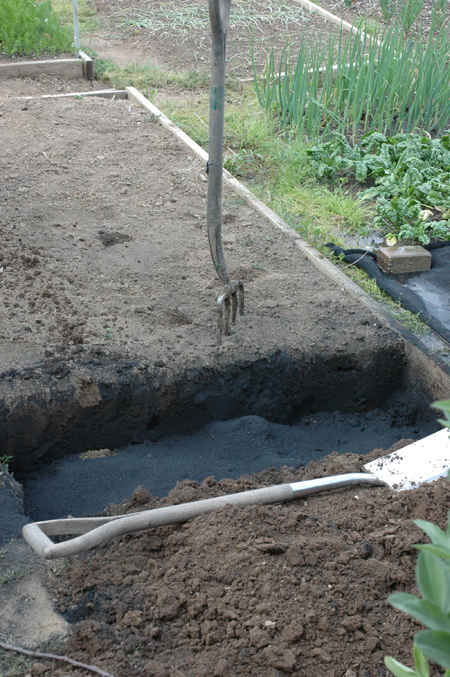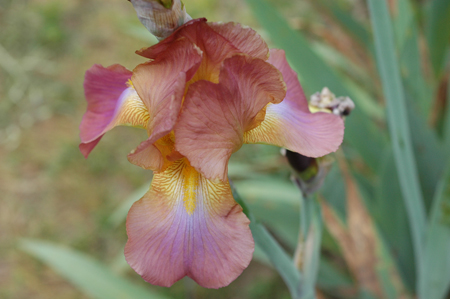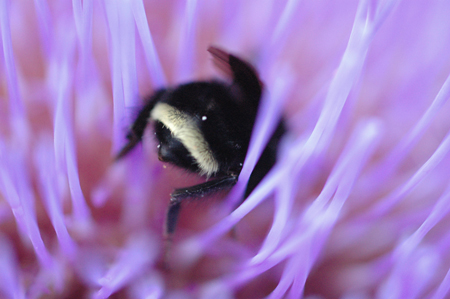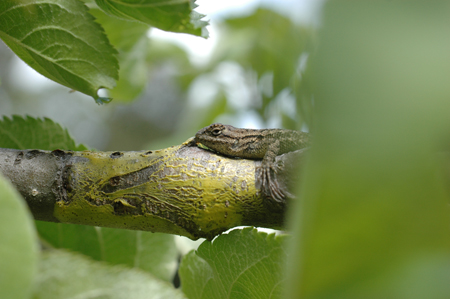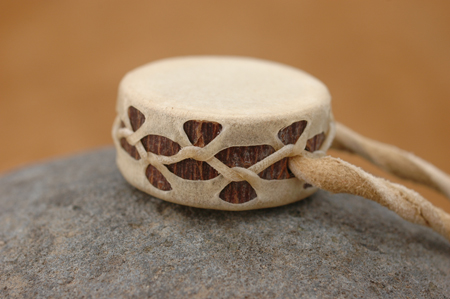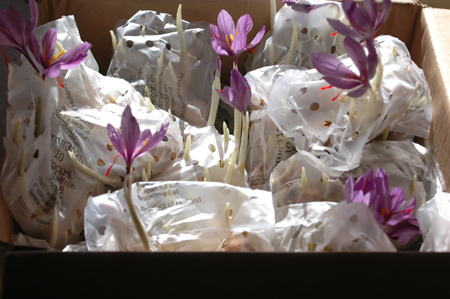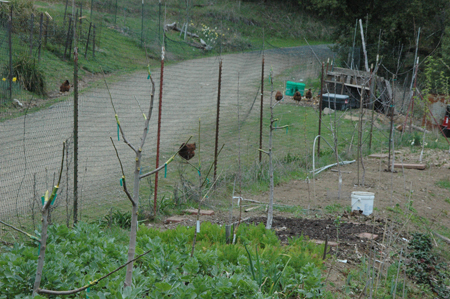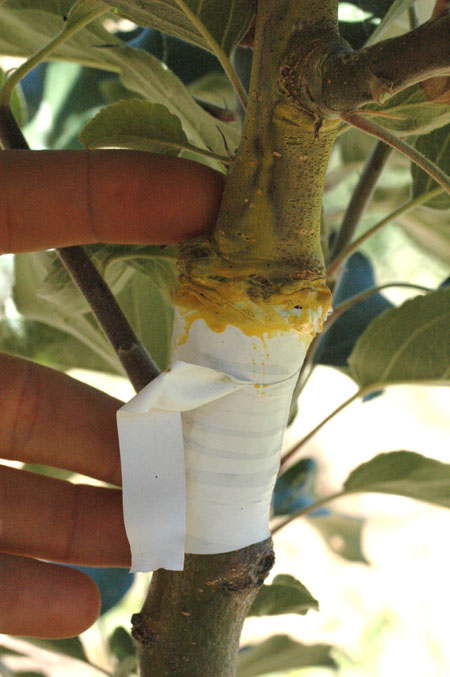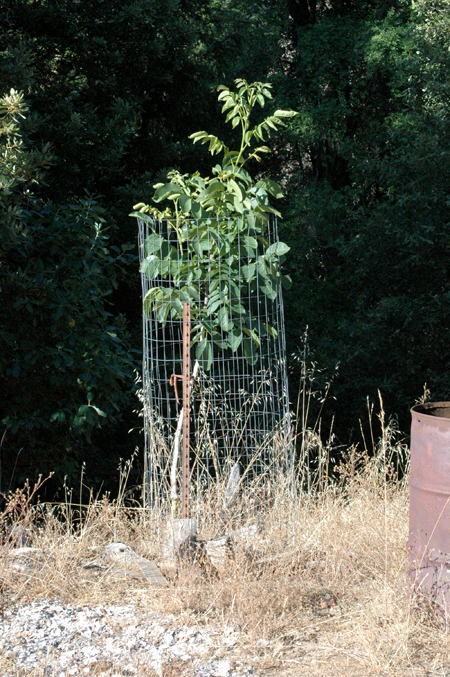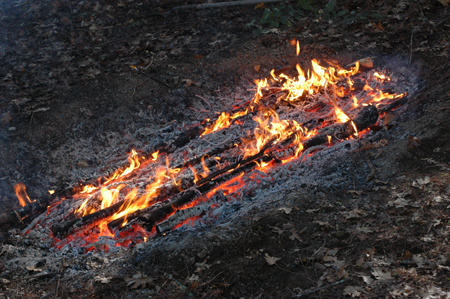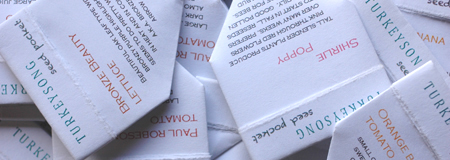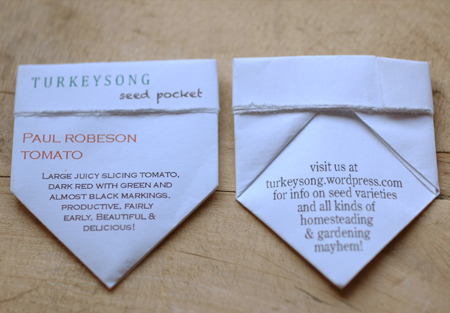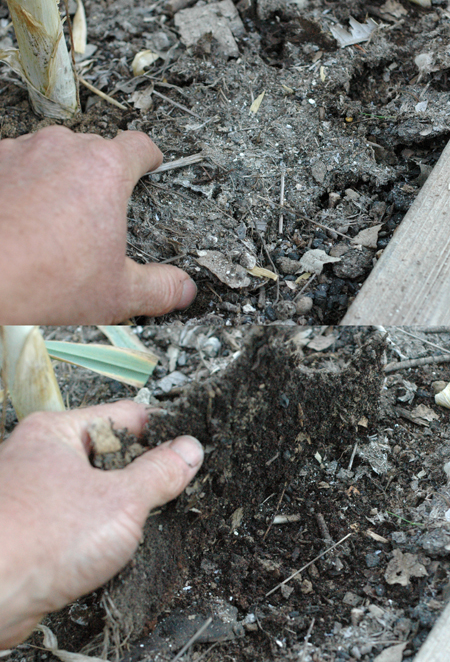Mulch is god! I knew I had to solve the problem of soil crusting, and if I didn’t want to cultivate extensively, that left mulch. Mulch is GOD! Right? Just ask Ruth Stout, or a young and enthusiastic mulcher. Get in with a real mulch enthusiast with limited experience, and you’d think all your problems will be solved forever and that we are all just a few bales of straw and some lawn clippings and leaves away from solving all the problems of horticulture and maybe beyond. Combine mulching with gogi berries, biochar, blue green algae, perennial vegetables, and ducks and there’s no stopping perfect plant and human health and “no work” food production! Ok, I’m being a dick, but we deserve it. It is so tempting to see something as having the real potential to just sort of “fix” everything. I know well enough, because I’ve been that eager inexperienced mulch promoter. Most of these fairytale happy ending stories we tell ourselves have at least a grain of truth, and often much to offer us if we can actually see, or more often after we inevitably see, through experience, the limitations and pitfalls that are not visible in the theoretical realm, and which we don’t really want to see anyway. Mulch is not god. It changes the landscape in ways that are often very useful to us and to the health of the soil. It’s effects are sometimes super awesome. I’m a big fan and semi-regular practitioner, but some of those changes can conflict with our food producing and land care goals. Creating habitat for voles and insects came to my mind as particular problems in considering deep mulching for my garden. It’s bad enough in any garden where there is always some habitat for insects. Deep coarse mulch can create a veritable pest metropolis from which an army of insects can march a whole few inches to chow down on your carrot seedlings, or in which voles can find the rodent equivalent of mcdonaldsplayland to move into, complete with a food supply... weee! I do use deep mulch, and what I might call semi-deep mulch, here and there, but experience had already taught me that if I used it in the entire garden, I would have considerable negative issues to deal with. That may vary by environment, but enough said there. I’d also be out collecting the stuff all the time, because it takes a ton of material to do deep mulches in a large garden. That reason alone is enough to scrap the idea. No thanks Ruth.
Works pretty good. My eventual solution, partly influenced by some no dig gardener/writers, was to use finished compost as a mulch. Since I would be composting food waste and garden stuff anyway, and didn’t want to dig it in, this seemed like a good solution. I’ve used all my compost on the surface of the beds for something like 6 or 7 years now. It works pretty good for me. I don’t have as much as I want. Each time I plant something new it gets a sprinkle of compost, usually almost enough to cover the bed surface visually, so under 1/2 inch thick. Some washes away with runoff when I water, and I still get quite a bit of crusting. But overall, for my system and my soil, gardening style, and so on... it’s been pretty good. I do have to cultivate some when crusting gets bad enough in an area (usually due to running short on compost, loss during watering, rodents helping me do some digging, or having had to dig the area recently for harvesting roots and weeding). I use a hula hoe (aka strap hoe, stirrup hoe, reciprocating hoe, scuffle hoe) for cultivating, generally trying to slice below the soil an inch or so leaving the top relatively undisturbed. I wish I had more compost, but I get by. I sift it through a half inch screen and throw all the big stuff back into the next batch. That puts a lot of half digested material on the beds, and I prefer it that way, because larger bits of stuff cover the soil better. I’m kind of bummed if the compost gets so finished that most of it is very fine and not recognizable as pieces of plants and stuff, because it doesn’t do the main job I need it to as well as it would if it was in bigger pieces, and it washes away more easily. I also sometimes use coffee grounds picked up at a coffee shop in town, which adds to the effect and contributes quite a bit of nitrogen.
Soil layers. The compost makes quite a difference in crusting. One thing I’ve noticed, is that since I don’t dig regularly, the organic matter stays in the top layer of soil. It doesn’t just stay on the surface. Worms come up and grab pieces pulling them underground. moles voles and gophers do plenty of digging for me and I have to plant, harvest and occasionally cultivate. But a lot of it stays in the top inch or two of soil. I’ve noticed that even when I do get crusting, it is not as bad as it could be, and is somehow still permeable to water and air relative to the crust that forms on a dug soil. That’s because this top layer is quite high in organic matter, which builds up over the years. This effect simulates a natural soil profile more closely than a cultivated soil does.
Artificial, but how artificial?But, a garden is not a natural environment! My symphylans problem in my previous garden highlighted that fact. What I am after is an artificial environment that can pump up the plants to realize the potential bred into them through the ages to grow plump and juicy. But, I want that effect, without upsetting the balance so much that I create some unintentional problem that is going to bite me in the ass (in a bad way ;). Mulching with compost seemed like a good solution. I really could use more of it. I’d like to make more compost. Materials are abundant. I live on 40 acres of mostly forest, and organic materials supply is not an issue! There is also plenty of seed-free green grass to collect in season. Any farmer out of that super boring book Farmers of Forty Centuries that I mentioned earlier would be appalled at the lack of use of the resources available to me. But alas, energy is in short supply and I do have other things I want to do, like compulsively writing blog posts for hours and hours. Besides, like I said, it works pretty good the way I’ve been doing it.
Chicken pee tea. So, were getting close to my simple, but really cool idea (close is relative). Since I don’t dig the garden beds (see footnote *) my options are to use my chicken manure on top of the beds, or use it as a tea. Both work well and have advantages, and I’m using both currently. I’ve been sifting the dry chicken manure and applying the fine siftings to the beds. That works nicely and contributes to the prevention of soil crusting, while building organic matter in the top layer of soil as long as I don't dig. As the bed is watered and bugs and worms and microbes do their work, the nutrients leach into the soil over time. Direct application has it’s advantages, but manure tea also has advantages. Being full of soluble nutrients, manure tea gives a quick boost when it’s wanted. It can also be applied very evenly for efficient use. Using soluble fertilizers in general provides the potential to keep plants growing strongly with regular applications through the growing season. Soluble v.s. non soluble fertilizers is a whole can of worms, but I like to use both and it works for me.
Tree mats. I make manure tea by soaking the poo in water and then straining it out. The tea is diluted and then applied straight to the beds/plants and usually watered in immediately. Applications of course stop some time before food is harvested. I usually leach the manure several times over the course of some weeks before it is pretty spent. When I’m done I have this wad of left over half digested manure. I used to throw it in the compost. I had an idea a while back. I’m not sure if it’s at all practical for home production, but I have no doubt that the actual product would be pretty awesome once made. The idea was to make a sort of paper mat out of manure and pulped up cardboard and other fiber stuff like that. It would be a large, thick, probably circular mat for mulching trees. You could incorporate all kinds of fertilizers and nutrients and nutrient containing stuff in there like seaweed, bone meal, etc, which would leach out and feed the tree over the years. It would also provide a moisture conserving mulch and eliminate competition for a few years if it was thick and durable enough, which would really be it's main use. It could be a good use for all that cardboard and paper filling dumpsters everywhere. Practical to make or not, I’m convinced that it would be completely awesome, solving a bunch of problems in one item and allowing the quick establishment of trees with very little work and in many cases without watering, even in our dry summers.
We made it! It occurred to me at some point that I could make tree matts with my manure left over from making tea, but of course it’s probably too involved to actually do here practically speaking. I would need an outboard motor or the like to mix it all up. Besides, there isn’t enough manure. So, I just mixed the chicken poo sludge with water to form a sort of slurry and dumped it out onto a bed. With a little watering, the half digested slurry spread out pretty evenly, forming a solid mat of slow release fertilizing mulch! It’s true that much of the nutriment has been leached out, but some remains too and much of it locked into the undissolved organic matter. This method covers the soil almost completely if applied generously enough. It drastically slows evaporation compared to a compost mulch only bed, but won’t wash off at all. It provides food for worms and other bug dudes who work near the soil surface, opening the soil texture to allow penetration of air and water. It feeds the plants slowly, and also initially through a dilute, but still very substantial manure tea effect. It of course protects the soil from crusting due to watering and rain. And, it provides organic matter as it breaks down into fine bits and is slowly incorporated into the top layer of the soil. It uses the product of a process that is already underway, so there is no “extra” preparation work except stirring. It is easy to apply. The effect is durable; it’s thick enough to provide a substantial effect, but not so thick as to make deep multilayered habitat for an army of insects; so, it seems a good compromise between creating bug habitat and thoroughly covering the soil. It just seems pretty awesome! It doesn’t work for everything. I don’t use it on small seedlings. I couldn’t use it on carrots because it would just bury them. But it works great for larger plants such as squash, tomatoes, peppers, cole crops etc... and it seems ideal for onions and leeks. Burning plants is a non issue since it is already pretty well leached by the time I’m using it. I’ve been playing with this a bit for a few years, but now that I have to use a lot of manure tea, and have a lot of manure, I have more of the slurry to use and have applied much more this year. I’m pretty sold on the idea, though still have an eye open to the possibility of unforeseen issues cropping up. I’ve also used horse manure, which worked great, maybe even better because of all the pieces of stringy fiber in it.





